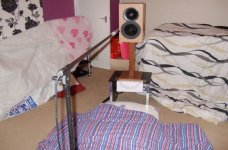I was wondering what are your opinions as which is preferred method to align the woofer and tweeter. Based on my limited listening, the tilted baffle favors the mid range a little, so the sound has a bit of midrangy like listening to a tube amp. If not careful in xover design, the treble may not integrated with the midrange and they can sound somewhat separated. It may have to do with angle of the baffle and the listening level. If listening at tweeter height, the woofer would be slightly more on-axis compared to the tweeter. In term of look, the tilted baffle looks better vs. the stepped baffle. But in term of sound, I think the stepped baffle probably will be easier to design the xover since both woofer and tweeter are on-axis.
But the potential problem with stepped baffle is that there may be reflection on the tweeter as the sound will bounced off of the step baffle and that is difficult to predict.
As far as look, it's hard to make the stepped baffle looks good. I have not seen a really good looking stepped baffle. They look somewhat unnatural. The tilted baffle has a more elegant and natural look and visually it's a little easier to the eyes.
But the potential problem with stepped baffle is that there may be reflection on the tweeter as the sound will bounced off of the step baffle and that is difficult to predict.
As far as look, it's hard to make the stepped baffle looks good. I have not seen a really good looking stepped baffle. They look somewhat unnatural. The tilted baffle has a more elegant and natural look and visually it's a little easier to the eyes.
Troels has plenty of info on his site about this...
Stepped Baffle Study
I've read the article and it seems to say that the stepped baffle has only little affect on the tweeter freq. response. I don't think he said anything about a tilted baffle.
I was wondering what are your opinions as which is preferred method to align the woofer and tweeter.
A tilted baffle will also get you more on the woofer axis.
A stepped baffle is indicated if you want time alignment with drivers of limited dispersion:
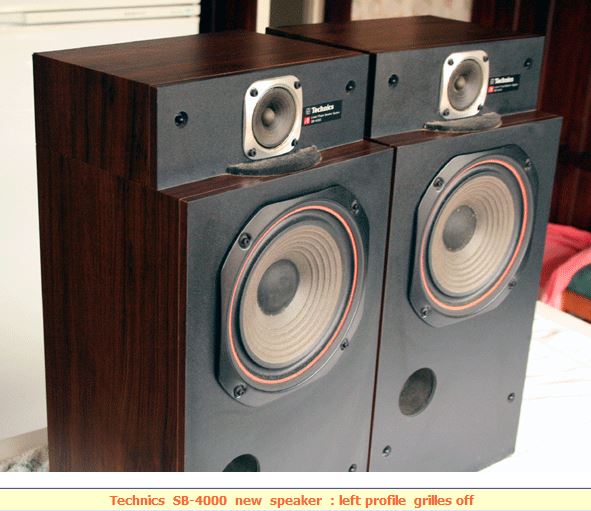
I am quite happy to just invert tweeter polarity on a flat baffle:
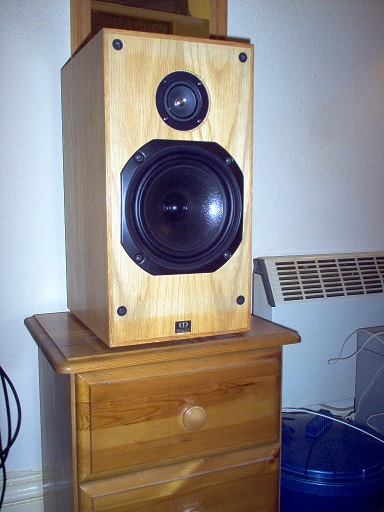
You can even exagerrate time alignment problems with drivers that naturally time align and apply negative polarity. This BBC-style Harbeth recesses the woofer to the back of the baffle:
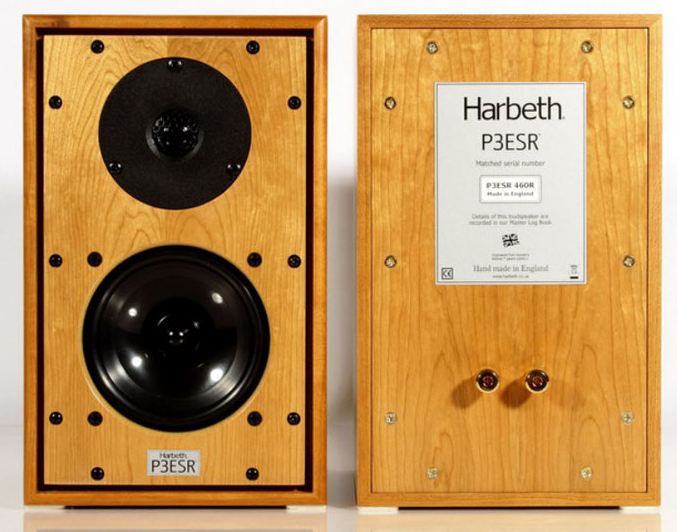
Sloped baffles have an infamous history:
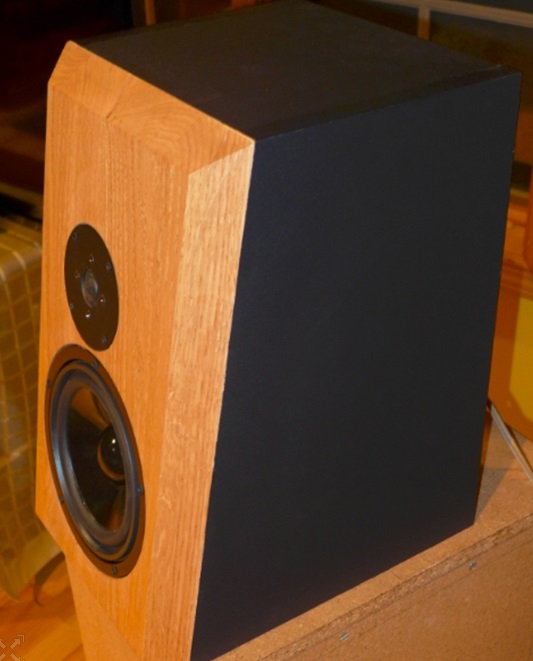
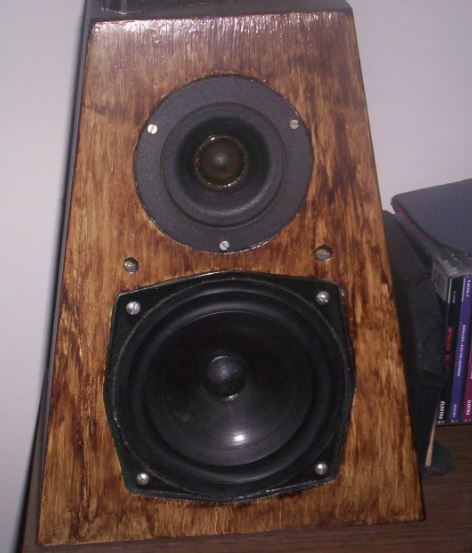
These get quite hairy, because dispersion issues arise.
TBH, time alignment is a goodish idea. It depends how much work you want to put into the box. IMO, it will bring TINY benefits, which I can fix with a crossover. But don't let me stop you. 🙂
I am quite happy to just invert tweeter polarity on a flat baffle:
You can even exagerrate time alignment problems with drivers that naturally time align and apply negative polarity. This BBC-style Harbeth recesses the woofer to the back of the baffle:
Sloped baffles have an infamous history:
These get quite hairy, because dispersion issues arise.
TBH, time alignment is a goodish idea. It depends how much work you want to put into the box. IMO, it will bring TINY benefits, which I can fix with a crossover. But don't let me stop you. 🙂
This website introduces the idea and home-experiment that shows that time alignment is not critical to fidelity.
Crossovers: Time alignment
Crossovers: Time alignment
There is one clear advantage of using time alignment, in that you can use, say symettrical slope second order filters, rather than the asymmetric 2nd order bass with third order tweeter.
Does everything end up perfect? Well no, because the second order tweeter filter may sound fundamentally acoustically better, but comes with increased distortion over the third order.
There is no such thing as a perfect speaker. All is compromise. Instead of putting huge effort trying to improve a two way, you will have a much better time with a three way. Or an MTM.
We forgot to mention another clever time alignment solution. The waveguide tweeter. This one was built by a member here. Well done, Matt. Looks fun.
Does everything end up perfect? Well no, because the second order tweeter filter may sound fundamentally acoustically better, but comes with increased distortion over the third order.
There is no such thing as a perfect speaker. All is compromise. Instead of putting huge effort trying to improve a two way, you will have a much better time with a three way. Or an MTM.
We forgot to mention another clever time alignment solution. The waveguide tweeter. This one was built by a member here. Well done, Matt. Looks fun.
Attachments
- Status
- Not open for further replies.
- Home
- Loudspeakers
- Multi-Way
- Tilted baffle or stepped baffle to align woofer and tweeter
